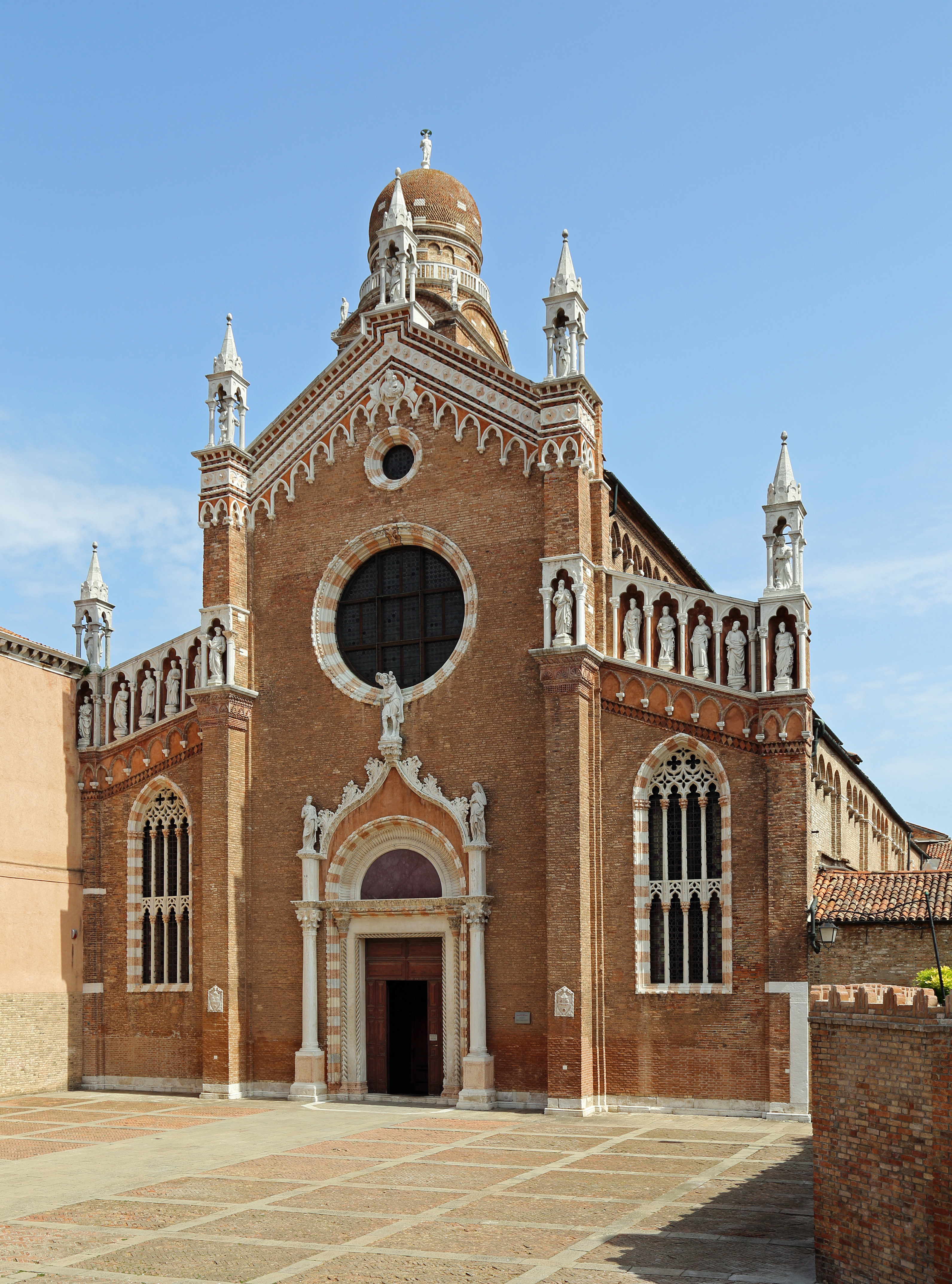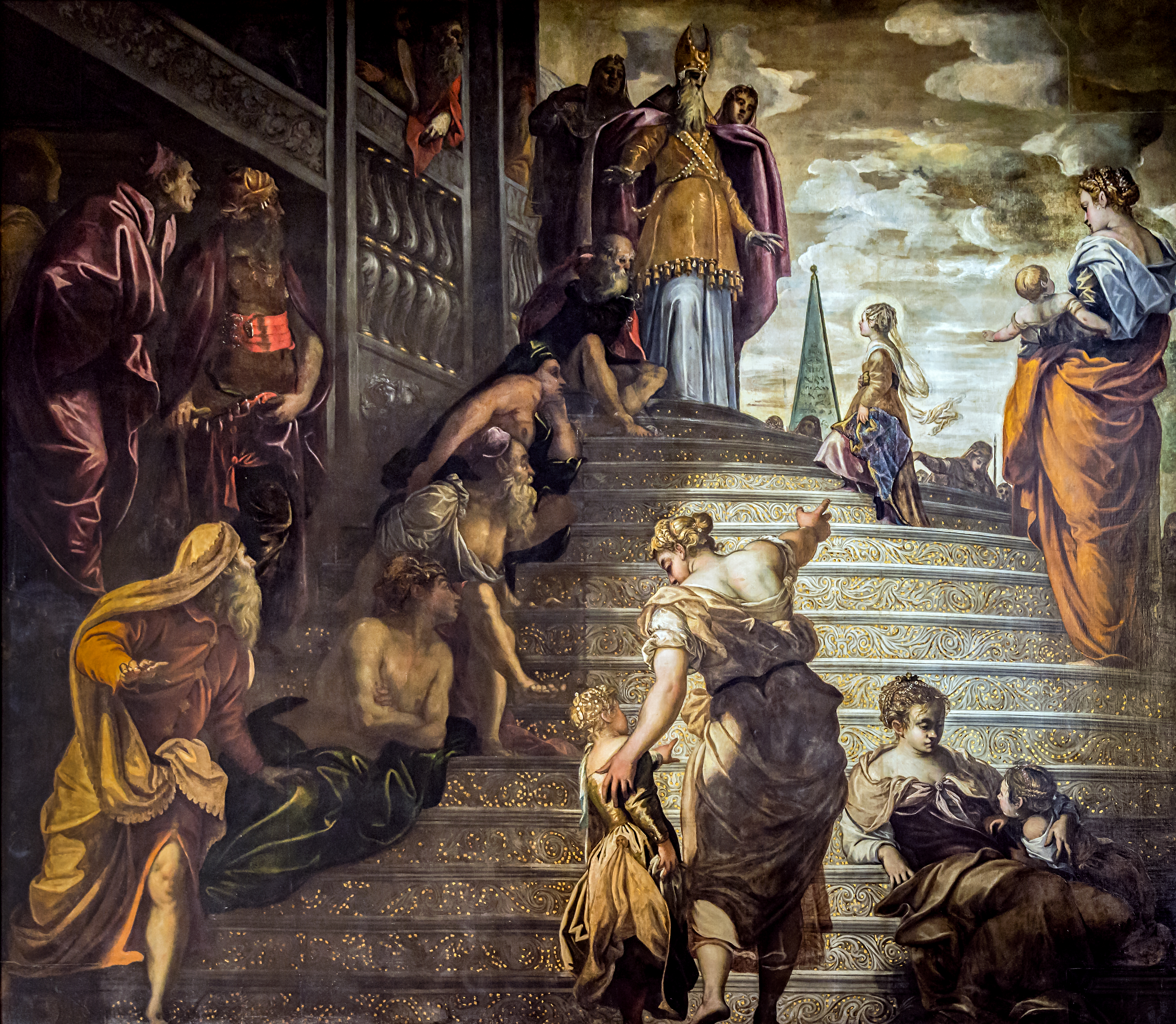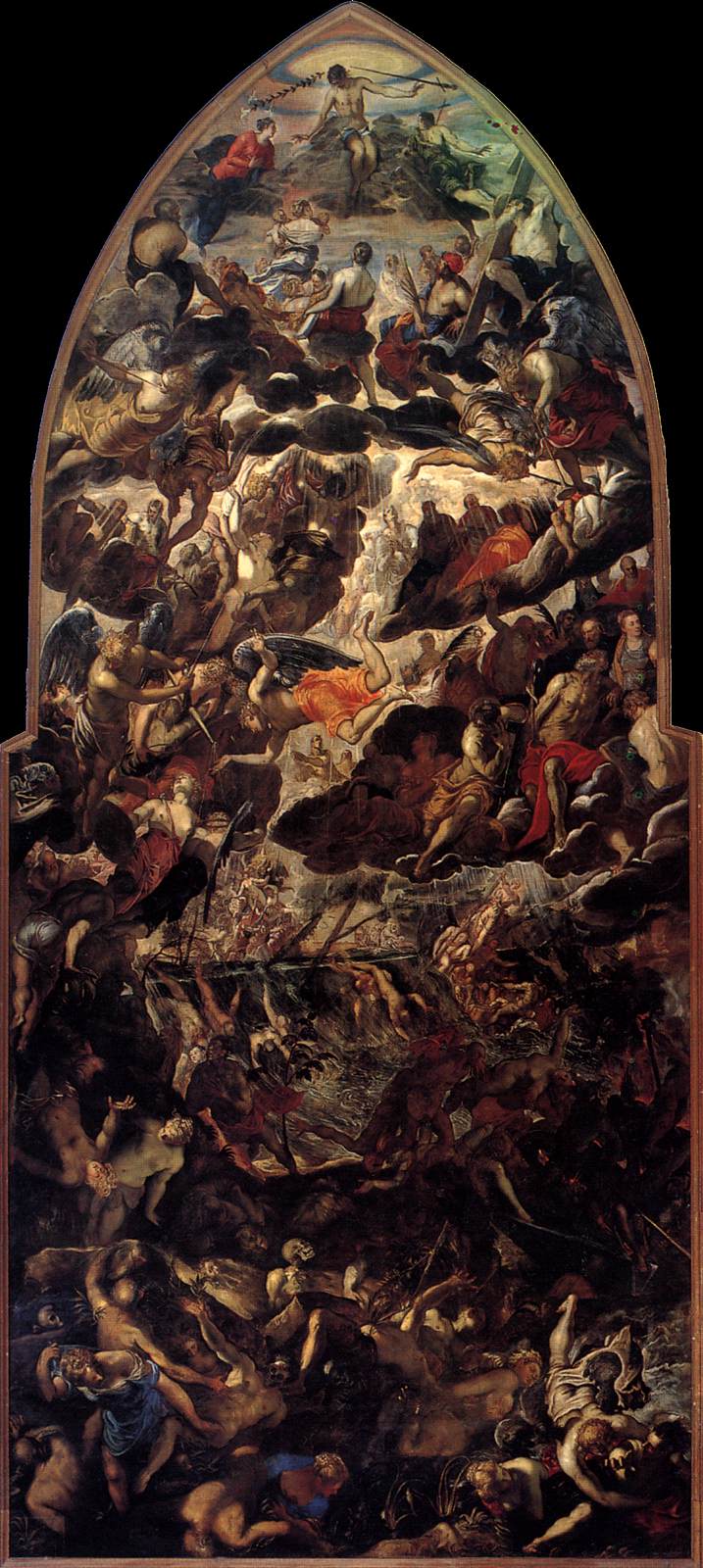The Venetian master rests in the stunning church of Santa Maria Dell’Orto.
Lenten Campaign 2025
This content is free of charge, as are all our articles.
Support us with a donation that is tax-deductible and enable us to continue to reach millions of readers.
There are more than 130 churches in Venice, from St. Mark’s Basilica to the inspiring Santa Maria Della Salute, built to celebrate the end of the plague in 1687. But hidden in the Cannaregio neighborhood lies a precious gem overlooked by many tourists. Santa Maria dell’Orto, literally St. Mary of the Vegetable Garden, is a Venetian Gothic treasure trove holding the remains of the artist Tintoretto, along with two of his most important works.

Built in the 14th century by the religious order of the “Humiliati,” Santa Maria Dell’Orto is one of the most iconic examples of Venetian Gothic architecture, featuring a brickwork facade and pointed arches. It was built on stilts in the waters of one of the external canals of Cannareggio, which is why some of its internal columns look tilted today.
Beyond its thick wooden door lies a wealth of artworks and relics. Here lies Jacopo Robusti, better known as Il Tintoretto, one of the most important painters of Venetian Renaissance. A small, unassuming engraving in the white marble floor of a side chapel marks the place where the painter now rests. Just before the chapel, on the right-hand side of the main aisle, is one of the most important masterworks of Tintoretto, the “Presentation of The Virgin at the Temple” (1438).

In this painting, Tintoretto celebrates femininity. At the center of the scene we find Mary, as a child, walking up a steep and curved staircase that leads to the Temple, with the high priest standing ready to greet her. This event — Mary’s childhood of service in the Temple — though not documented in the Bible, is part of Christian legend.
As writer Melania Mazzucco puts it, the canvas, which was dedicated to the birth of Tintoretto’s daughter Marietta, is a “hymn to female beauty, motherhood, the destiny of women” and expressed the painter’s wish that his newborn daughter would become “elected, enlightened by grace. To be, in every sense, Mary.”
To the left side, we find another signature work by the Venetian master, the “Last Judgment.” Completed in 1563 in Late Renaissance style, it features a vivid portrait of souls facing the Last Judgment, partly inspired by works on the same subject by Titian and Michelangelo. The arched shape of the painting draws the viewer’s attention in a vertical manner, from the bottom of the painting (where sinners are depicted) to the top (where Christ is depicted).

Tintoretto’s work steals the scene inside this church, but Madonna Dell’Orto does contain many other fine artworks from Renaissance and Gothic times. Gothic-style aedicules contain marble statues personifying Christian virtues such as Prudence, Charity, Faith, Hope and Temperance, while in the arched niches that dot each side of the main aisle we find statues of the Twelve Apostles. Finally, both floor and ceiling will leave visitors impressed. The floor is composed of polychrome marble tiles making up geometric shapes that match the harmony of the chiseled wooden coffered ceiling.
Madonna dell’Orto is open to visitors every day between 10 a.m. to 4:45 p.m. Non-residents are charged 5 euros for a visit.










